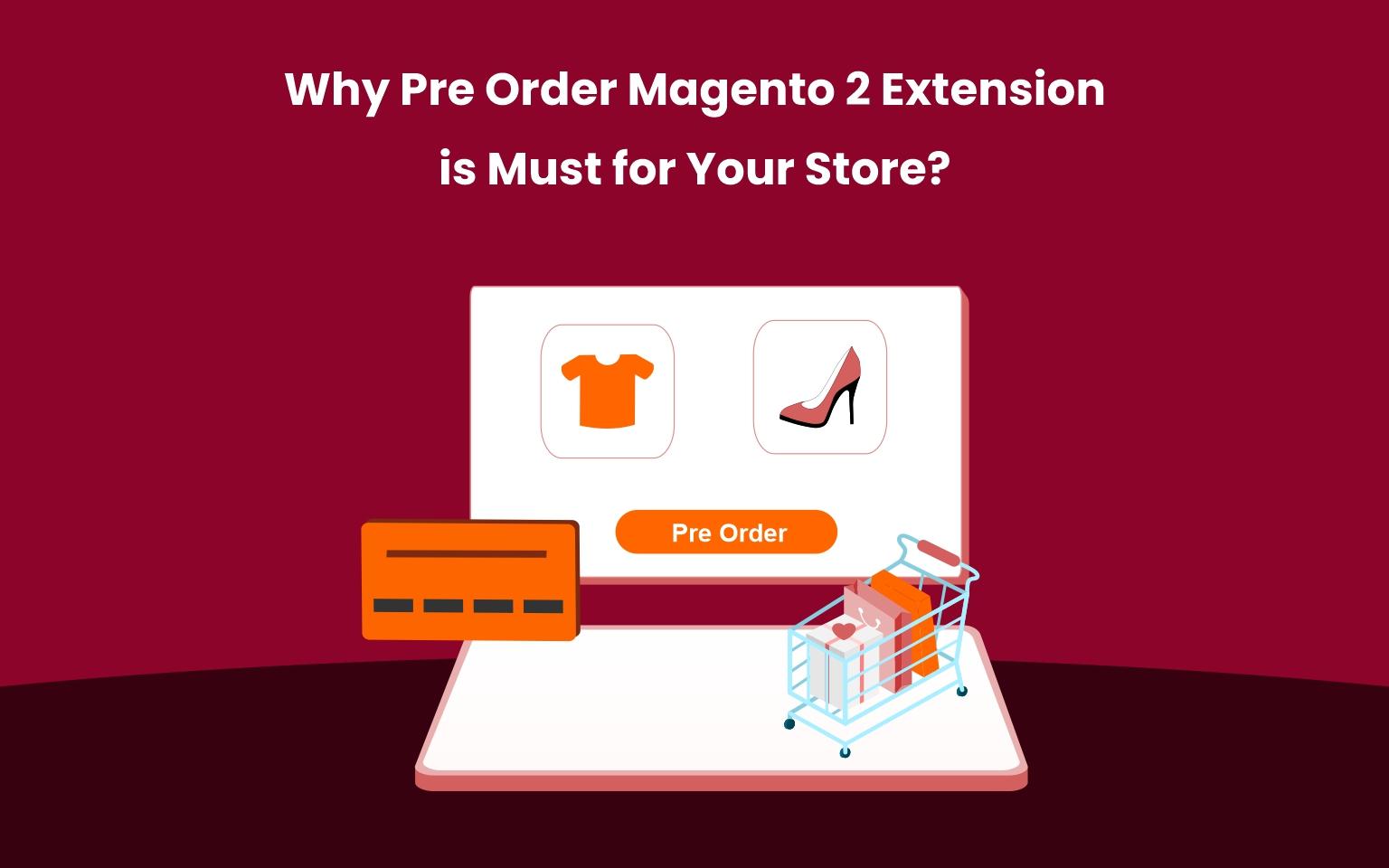An open-source web app builder is a software development tool that allows developers to create web applications using pre-built components and templates. The source code of these tools is available to the public, which means that anyone can view, modify, or distribute it. Here are some advantages of using an open-source web app builder:
- Cost-effective: One of the main advantages of using an open-source web app builder is that it is cost-effective. Since the software is free to use, developers can create web applications without having to pay for expensive proprietary software licenses.
- Customizable: Open-source web app builders provide developers with a high degree of customization. Developers can modify the source code to suit their specific needs, which allows them to create web applications that meet the exact requirements of their clients.
- Flexibility: Open-source web app builders are highly flexible and can be used to create a wide range of web applications. Whether it’s a simple blog or a complex e-commerce site, developers can use an open-source web app builder to create the application that their clients need.
- Community Support: Open-source web app builders have a large community of developers who contribute to the development and improvement of the software. This community provides support, advice, and resources to developers who use the software, which helps them to create better web applications.
- Security: Open-source web app builders are often more secure than proprietary software because their source code is available to the public. This means that developers can identify and fix security vulnerabilities quickly, reducing the risk of a security breach.
- Innovation: Open-source web app builders promote innovation by encouraging developers to share their ideas and collaborate on new features. This leads to the development of new and innovative web applications that can benefit businesses and individuals alike.
Open-source web app builders offer many advantages to developers who want to create web applications quickly, easily, and cost-effectively. They provide a high degree of customization, flexibility, community support, security, and innovation, making them an excellent choice for businesses of all sizes. By leveraging the benefits of open-source web app builders, developers can create web applications that meet the unique needs of their clients while reducing costs and improving efficiency.Here in this blog we are trying to explain the advantages of Open source web app builder using some use cases.
Here is a use case for building an internal employee portal using an open-source web app builder:
An internal employee portal is an essential tool for organizations that want to improve communication, collaboration, and productivity among their employees. An employee portal can provide a centralized platform for employees to access important information, documents, and company resources. However, building an internal employee portal can be a complex and time-consuming task that requires significant resources. This is where an open-source web app builder can help.
Let’s take a look at a use case of building an internal employee portal using an open-source web app builder.
Company ABC is a growing organization with multiple departments and locations. The company wants to improve communication and collaboration among its employees by providing a centralized platform for employees to access important information and company resources. However, the company doesn’t have the resources to develop a custom internal employee portal from scratch.
Company ABC decides to use an open-source web app builder to build its internal employee portal. The open-source web app builder provides the company with a customizable platform that allows them to create an employee portal that meets their specific needs.
The company starts by creating a basic employee portal that includes features such as an employee directory, company news and updates, and a document library. The employee directory provides employees with a list of all employees in the organization, their job titles, and contact information. The company news and updates section allows employees to stay up-to-date on company news and announcements. The document library provides employees with access to important documents such as HR policies, employee handbooks, and company forms.
As the company grows, it decides to add more features to the employee portal. The open-source web app builder allows the company to easily add new modules to the portal. The company decided to add a chatbot feature that allows employees to ask questions and get answers in real-time. The company also adds a project management module that allows employees to collaborate on projects and track their progress.
Using the open-source web app builder, Company ABC is able to create a custom internal employee portal that meets their specific needs. The employee portal provides a centralized platform for employees to access important information, documents, and company resources. This has helped to improve communication and collaboration among employees, which has led to increased productivity and a better overall work environment.
Building an internal employee portal using an open-source web app builder can provide many benefits to organizations. It is cost-effective, customizable, and easy to use. By leveraging the benefits of open-source web app builders, organizations can create an internal employee portal that is tailored to their specific needs and helps to improve communication, collaboration, and productivity among employees.
Here is a use case for developing an LMS using an open-source web app builder:
Company XYZ is a large corporation with offices in multiple countries. The company wants to improve the training and development of its employees by implementing an LMS. The company has specific training needs that require a customized LMS solution. However, the company’s IT department does not have the resources or expertise to develop a custom LMS from scratch.
Company XYZ decides to use an open-source web app builder to create a custom LMS that meets their specific training needs. The open-source web app builder provides the company with a customizable platform that allows them to create an LMS that meets their unique requirements.
The company starts by creating a basic LMS that includes features such as course creation, course management, and user management. The course creation feature allows the company to create and upload training content, such as videos, slideshows, and quizzes. The course management feature allows the company to organize and manage courses, set prerequisites, and track progress. The user management feature allows the company to manage user accounts, assign courses, and track user progress.
As the company grows and its training needs become more complex, it decides to add more features to the LMS. The open-source web app builder allows the company to easily add new modules to the LMS. The company decides to add a gamification feature that rewards users for completing courses and achieving milestones. The company also adds a social learning feature that allows users to collaborate, share ideas, and discuss topics related to their courses.
Using the open-source web app builder, Company XYZ is able to create a custom LMS that is tailored to their specific training needs. The LMS provides a centralized platform for managing and delivering training content to employees around the world. This has helped to improve the training and development of employees, which has led to increased productivity, better job performance, and a more engaged workforce.
Developing an LMS using an open-source web app builder can provide many benefits to organizations. It is cost-effective, customizable, and easy to use. By leveraging the benefits of open-source web app builders, organizations can create an LMS that is tailored to their specific training needs and helps to improve the skills and knowledge of their employees.
Here is a use case for creating a customer self-service portal using an open-source web app builder:
Company ABC is a mid-sized business that sells consumer electronics products online. The company receives a high volume of customer inquiries on a daily basis, which can be overwhelming for their support team. The company wants to improve its customer service by providing a self-service portal where customers can find information, troubleshoot problems, and manage their accounts without the need for human assistance.
The company decides to use an open-source web app builder to create a customer self-service portal that meets their specific needs. The open-source web app builder provides the company with a customizable platform that allows them to create a self-service portal that meets their unique requirements.
The company starts by creating a basic self-service portal that includes features such as a knowledge base, FAQs, and a community forum. The knowledge base provides customers with articles, guides, and tutorials on how to use the company’s products and services. The FAQs provide answers to common customer inquiries, while the community forum allows customers to ask and answer questions and share knowledge.
As the company grows and its customer needs become more complex, it decides to add more features to the self-service portal. The open-source web app builder allows the company to easily add new modules to the self-service portal. The company decided to add a chatbot feature that can provide instant assistance to customers by answering frequently asked questions and directing them to relevant resources. The company also adds a ticketing system that allows customers to submit requests and track the progress of their inquiries.
Using the open-source web app builder, Company ABC is able to create a custom self-service portal that meets the specific needs of their customers. The self-service portal provides a centralized platform for customers to access information, troubleshoot problems, and manage their accounts. This has helped to improve the customer service of the company, reduce the workload on their support team, and increase customer satisfaction.
Creating a customer self-service portal using an open-source web app builder can provide many benefits to businesses. It is cost-effective, customizable, and easy to use. By leveraging the benefits of open-source web app builders, businesses can create a self-service portal that meets the specific needs of their customers and helps to improve their customer service.
Here is a use case for developing a custom CMS using an open-source web app builder:
Company XYZ is a small publishing house that specializes in print and digital media. The company has a large amount of digital content that they need to manage and publish regularly. They want to develop a custom CMS that meets their specific content management needs, such as a custom workflow, version control, and easy-to-use editorial tools. However, they don’t have the technical expertise to develop a custom CMS from scratch, and they don’t have the budget to hire a development team.
The company decides to use an open-source web app builder to create a custom CMS that meets their specific needs. The open-source web app builder provides the company with a customizable platform that allows them to create a custom CMS without the need for specialized technical knowledge.
The company starts by creating a basic CMS that includes features such as a content editor, a media manager, and a content publishing workflow. The content editor allows the company’s editors to create and edit content, while the media manager allows them to manage digital assets such as images and videos. The content publishing workflow allows the editors to submit content for review and approval by the company’s management team.
As the company grows and its content management needs become more complex, it decides to add more features to the CMS. The open-source web app builder allows the company to easily add new modules to the CMS. The company decides to add a version control system that allows them to track changes to content over time and revert to previous versions if needed. They also add an analytics module that allows them to track the performance of their content and make data-driven decisions about content creation and distribution.
Using the open-source web app builder, Company XYZ is able to create a custom CMS that meets their specific content management needs. The CMS provides a centralized platform for the company to manage and publish their digital content, and it is easy to use and customize. This has helped the company to improve their content creation and distribution processes, increase efficiency, and reduce costs.
Developing a custom CMS using an open-source web app builder can provide many benefits to businesses. It is cost-effective, customizable, and easy to use. By leveraging the benefits of open-source web app builders, businesses can create a custom CMS that meets their specific content management needs and helps them to manage their digital content more efficiently and effectively.
Here is a use case for developing a custom BI dashboard using an open-source web app builder:
Company ABC is a medium-sized manufacturing company that operates in multiple locations around the world. The company wants to create a custom BI dashboard that provides real-time insights into their operations, such as production volumes, sales figures, and inventory levels. However, they don’t have the technical expertise to develop a custom BI dashboard from scratch, and they don’t have the budget to hire a development team.
The company decides to use an open-source web app builder to create a custom BI dashboard that meets their specific needs. The open-source web app builder provides the company with a customizable platform that allows them to create a custom BI dashboard without the need for specialized technical knowledge.
The company starts by identifying the key metrics that they want to track on their BI dashboard, such as production volumes, sales figures, and inventory levels. They then use the open-source web app builder to create a set of visualizations that show these metrics in real-time. For example, they create a bar chart that shows production volumes by location, a line chart that shows sales figures by product, and a heat map that shows inventory levels by warehouse.
As the company’s BI needs evolve, they decide to add more features to the dashboard. The open-source web app builder allows the company to easily add new visualizations and data sources to the dashboard. The company decides to add a data pipeline that pulls in data from multiple sources, such as their ERP system and CRM system, and a set of predictive analytics models that provide insights into future performance.
Using the open-source web app builder, Company ABC is able to create a custom BI dashboard that meets their specific needs. The dashboard provides real-time insights into their operations, allowing decision-makers to make informed decisions based on data. This has helped the company to improve their operational efficiency, increase profitability, and make better strategic decisions.
In conclusion, developing a custom BI dashboard using an open-source web app builder can provide many benefits to businesses. It is cost-effective, customizable, and easy to use. By leveraging the benefits of open-source web app builders, businesses can create a custom BI dashboard that meets their specific needs and helps them to make informed decisions based on data.
Bio: A Techie and Marketer by profession, Tomin has spent the last 5 years learning about new technology and trends!








